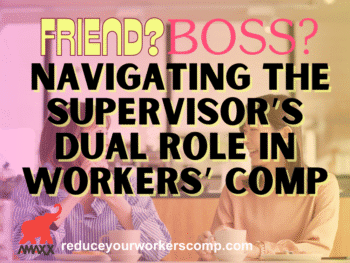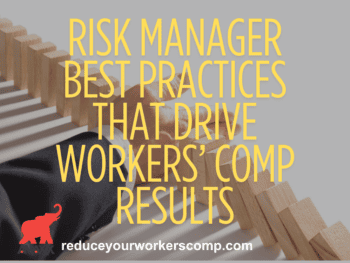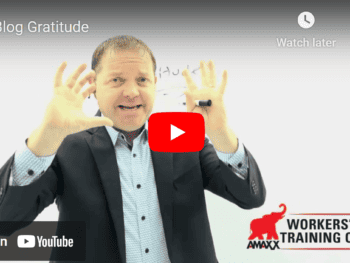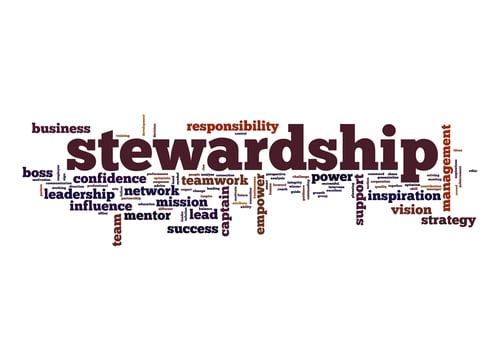As members of a management team, around the winter season, reevaluate for the upcoming year. Set goals, benchmarks, implement new techniques, purchase new materials, etc. But there is one area that seems to be focused on more than others: And that is ‘how can we use what we have to be better?’.
Click Link to Access Free PDF Download
1. Provide the best tools so employees can perform efficiently
As an example, if you drive cars, this does not mean that all all drive a top of the line Cadillac. But this is meant more to show how to provide the best output for workers. Make workstations adjustable so workers can perform at the levels they need to. This will increase output and performance, not to mention that it will make workers less prone to injury, especially in repetitive-motion workstations. Extra lighting can provide clarity and precision. Hand trucks and dollies can make moving heavy materials easier and quicker, and so on and so on.
2. Don’t run it like a prison
The workplace does not have to run hard-nosed and rigid. As an employer allows some flexibility such as flex work hours, rotating job tasks, allowing hourly breaks, then you can best utilize workers time at work for production. A rested workforce is your best workforce. Sometimes having job rotation can provide breaks for those that do heavy duty work day in and day out. Also this can reduce injury since those workers that just do heavy lifting or moving of materials can get a much needed break from time to time throughout the day. You could also discover that one of your workers may be better suited for another type of job task, versus the one they are currently in now. This could lead to increased production, and better efficiency.
3. Keep an open mind
Time and time again we recommend listening to employees and their suggestions as to how changes can be made to make production better. Discuss alternative job tasks and how things could be done quicker and easier. Remember these are the people that do these jobs all day, sometimes for years. They have ideas and suggestions and you have to make management become approachable. If someone knows that you will take the time to listen to them, you may get an idea that you can implement. Not everyone will hit the ball out of the park every time, but you could stumble upon something that can really make a difference, and it could change the way things are done on a daily basis.
4. Encourage healthy lifestyles and reward those that make a change
A healthy body is one that comes ready and able to work, and able to take on the challenges of the day. Healthier employees also have less sick time away from work, and have fewer injuries. A lot of companies now offer discounts to local gyms, reduced medical premiums for wellness exams, smoking cessation programs for free, etc. The HR department probably has a lot of ideas and plans that are already in place to promote a healthier lifestyle, and the incentive programs to go with it, so check in to some of them and try to implement some over the course of a year. Provide some incentives for the workers to participate, and see what happens. I bet that more will participate than you thought.
5. Launch a return to work program
It has been well documented that the longer a person is out of work, the harder it is to get them back to productive employment and there is a strong correlation between a high return to work ratio and a low mod. Older employees also take longer to heal than younger ones, so consider home-based employment. If you provide some light duty work, employees know that even though they have an injury, they can still work and make a decent wage. This will help them transition back into full time work once they are released from medical care, and will reduce claims dollars that are spent on lost wages while injured. It will also free up full duty employees to do something more productive, while those with medical restrictions can take care of the lighter tasks you need done day in and day out. Make a “wish list” of tasks you wish you had someone to help perform, then use the wish list to create transitional duty tasks. For instance, I wish I had someone to proofread my writing.
FREE DOWNLOAD: “5 Critical Metrics To Measure Workers’ Comp Success”
6. Set up a mentoring program
It is always hard to start a new job. Nobody wants to be the new person, so set up a mentoring program to help those new or less-experienced employees. Shadowing programs work well also. The new employee can gain some great knowledge from the veteran worker, including how to do things quicker, properly, and more efficiently. A good mentoring program will improve productivity of the newer, younger employees while making veteran workers feel like they can contribute more to the company other than just cranking out their job tasks day after day. The more you make workers feel like they are involved, the better, harder, and more dedicated they will work for you.
7. Do not be afraid to hire experienced workers
There are many benefits to hiring experienced workers. These workers already have sound work habits, years of experience in the field, and the skills the company needs to take you to the next level of competition. These workers also have less out of work distractions, such as needing more time off for child care or more time off for school commitments. Experienced workers will also add some diversity in workforce, contributing their ideas and experience to the team projects and ideas. If you utilize their assets, the workplace will benefit. (WCxKit)
Summary
A New Year means it is time to reflect on the year to date, and focus on what you can do better for the upcoming New Year. But you should also think about what the veteran workers can bring to the table for the company. Experienced workers are a great untapped resource, and their ideas and work ethics can be beneficial in more ways than one, especially in fields other than just being at their workstation. Tap the greatest free resource- the employees. Listen to their ideas, and make the management team approachable when someone has an idea about how something may be able to be done better. If you make this one of several things to focus on, accomplishing the rest of the goals could just be that much easier.
Author Rebecca Shafer, JD, President of Amaxx Risk Solutions, Inc. is a national expert in the field of workers compensation. She is a writer, speaker, and website publisher. Her expertise is working with employers to reduce workers compensation costs, and her clients include airlines, healthcare, printing/publishing, pharmaceuticals, retail, hospitality, and manufacturing. She is the author of the #1 selling book on cost containment, Manage Your Workers Compensation: Reduce Costs 20-50% www.WCManual.com. Contact: RShafer@ReduceYourWorkersComp.com.
WORKERS COMP BOOK for BROKERS and AGENTS: www.WCManual.com
WORK COMP CALCULATOR: www.LowerWC.com/calculator.php
MODIFIED DUTY CALCULATOR: www.LowerWC.com/transitional-duty-cost-calculator.php
SUBSCRIBE: Workers Comp Resource Center Newsletter
Do not use this information without independent verification. All state laws vary. You should consult with your insurance broker or agent about workers comp issues.
©2011 Amaxx Risk Solutions, Inc. All rights reserved under International Copyright Law. If you would like permission to reprint this material, contact
FREE DOWNLOAD: “5 Critical Metrics To Measure Workers’ Comp Success”















